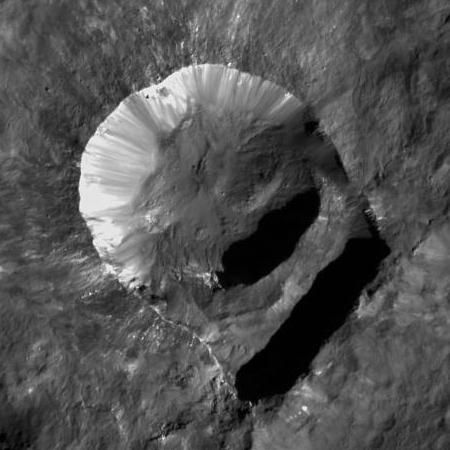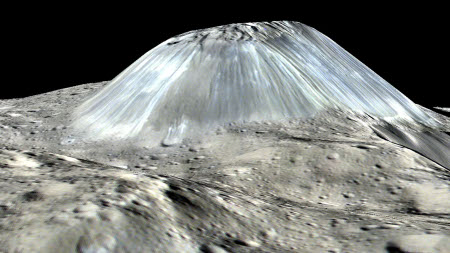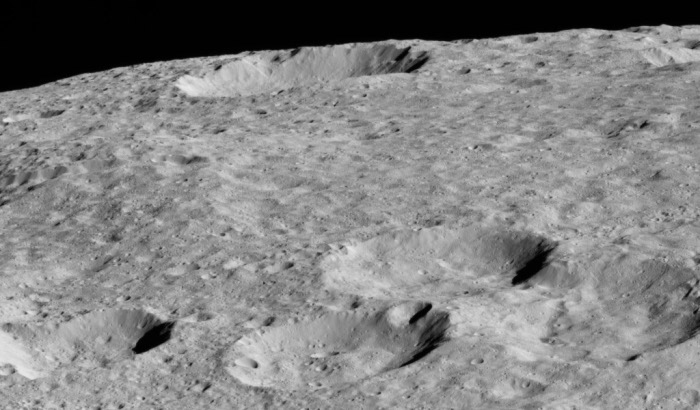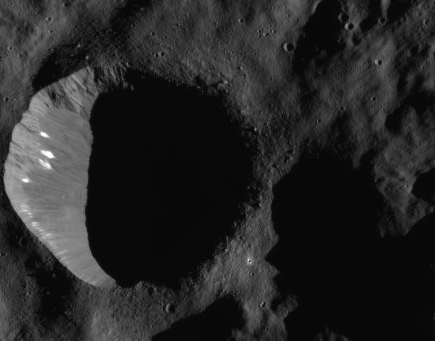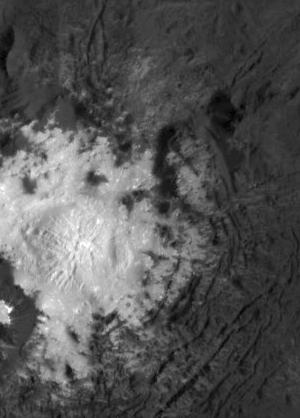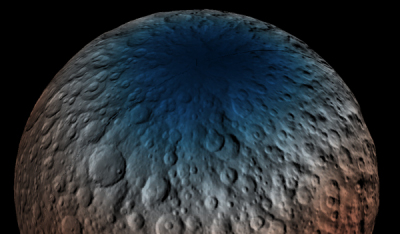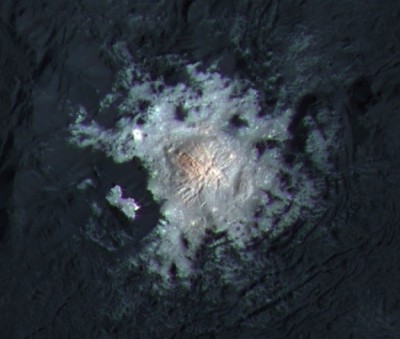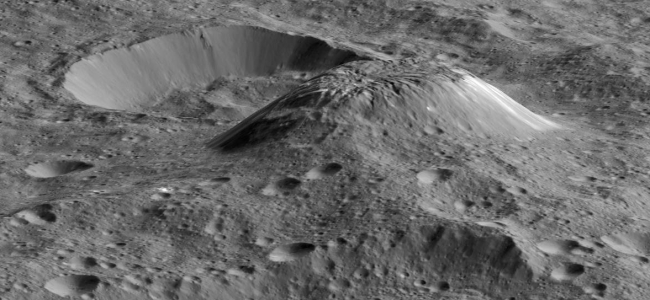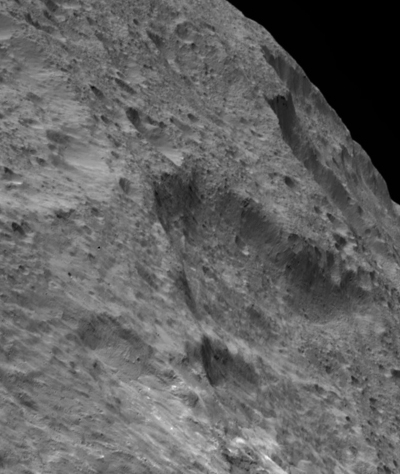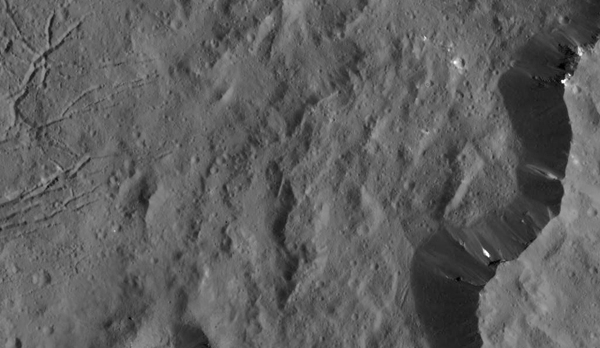Third reaction wheel on Dawn fails
The third of four reaction wheels on Dawn failed on April 23, forcing the spacecraft to use its conventional thrusters to orient itself.
The team discovered the situation during a scheduled communications session on April 24, diagnosed the problem, and returned the spacecraft to its standard flight configuration, still with hydrazine control, on April 25. The failure occurred after Dawn completed its five-hour segment of ion thrusting on April 22 to adjust its orbit, but before the shorter maneuver scheduled for April 23-24. The orbit will still allow Dawn to perform its opposition measurements. The reaction wheel’s malfunctioning will not significantly impact the rest of the extended mission at Ceres.
This might shorten Dawn’s remaining mission, but since it is in its final days anyway, the loss will not be severe.
The third of four reaction wheels on Dawn failed on April 23, forcing the spacecraft to use its conventional thrusters to orient itself.
The team discovered the situation during a scheduled communications session on April 24, diagnosed the problem, and returned the spacecraft to its standard flight configuration, still with hydrazine control, on April 25. The failure occurred after Dawn completed its five-hour segment of ion thrusting on April 22 to adjust its orbit, but before the shorter maneuver scheduled for April 23-24. The orbit will still allow Dawn to perform its opposition measurements. The reaction wheel’s malfunctioning will not significantly impact the rest of the extended mission at Ceres.
This might shorten Dawn’s remaining mission, but since it is in its final days anyway, the loss will not be severe.


